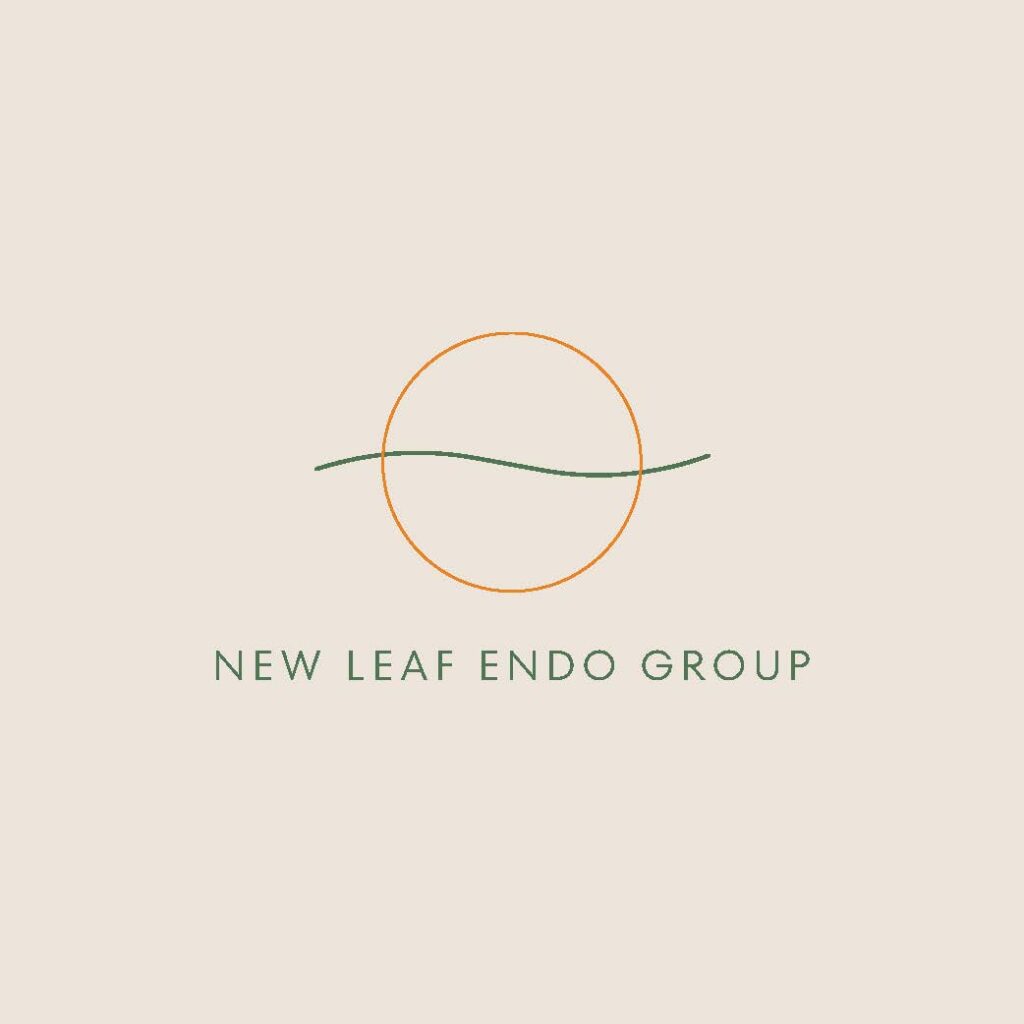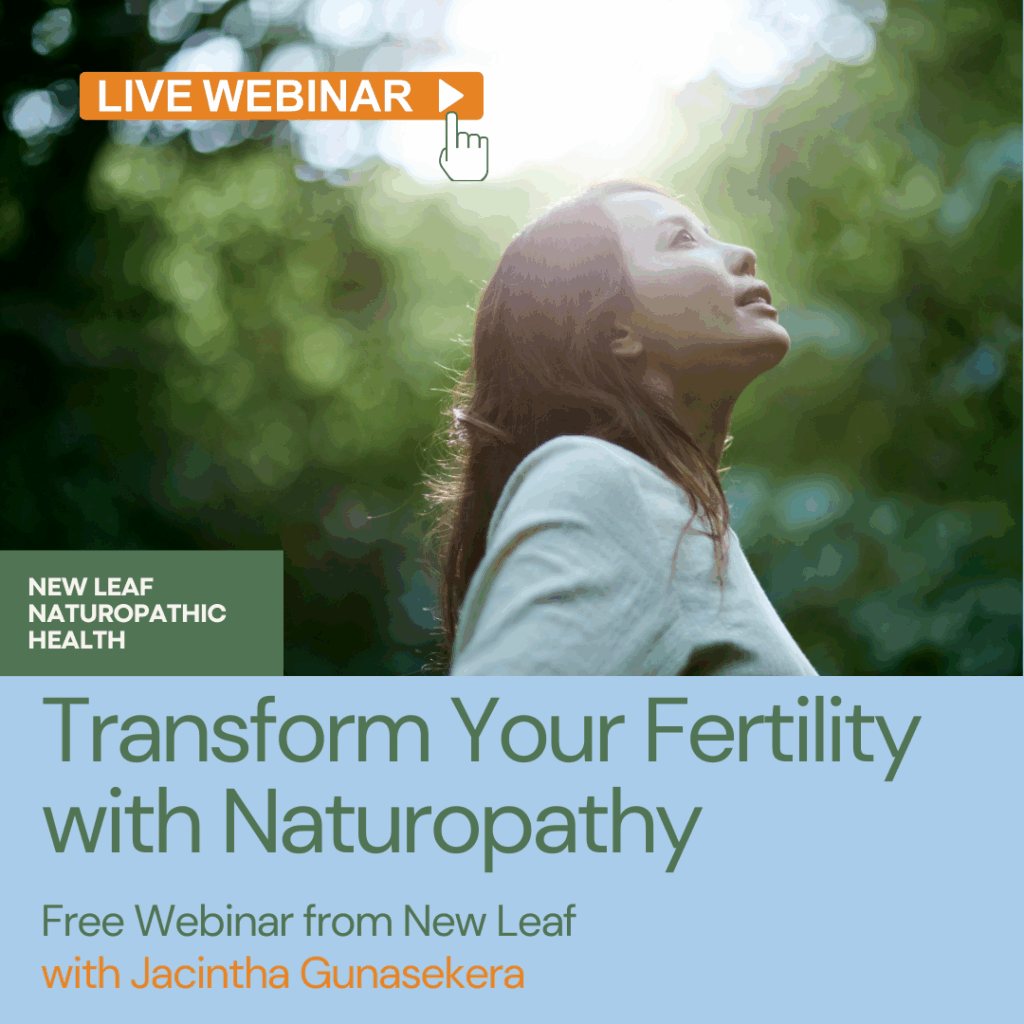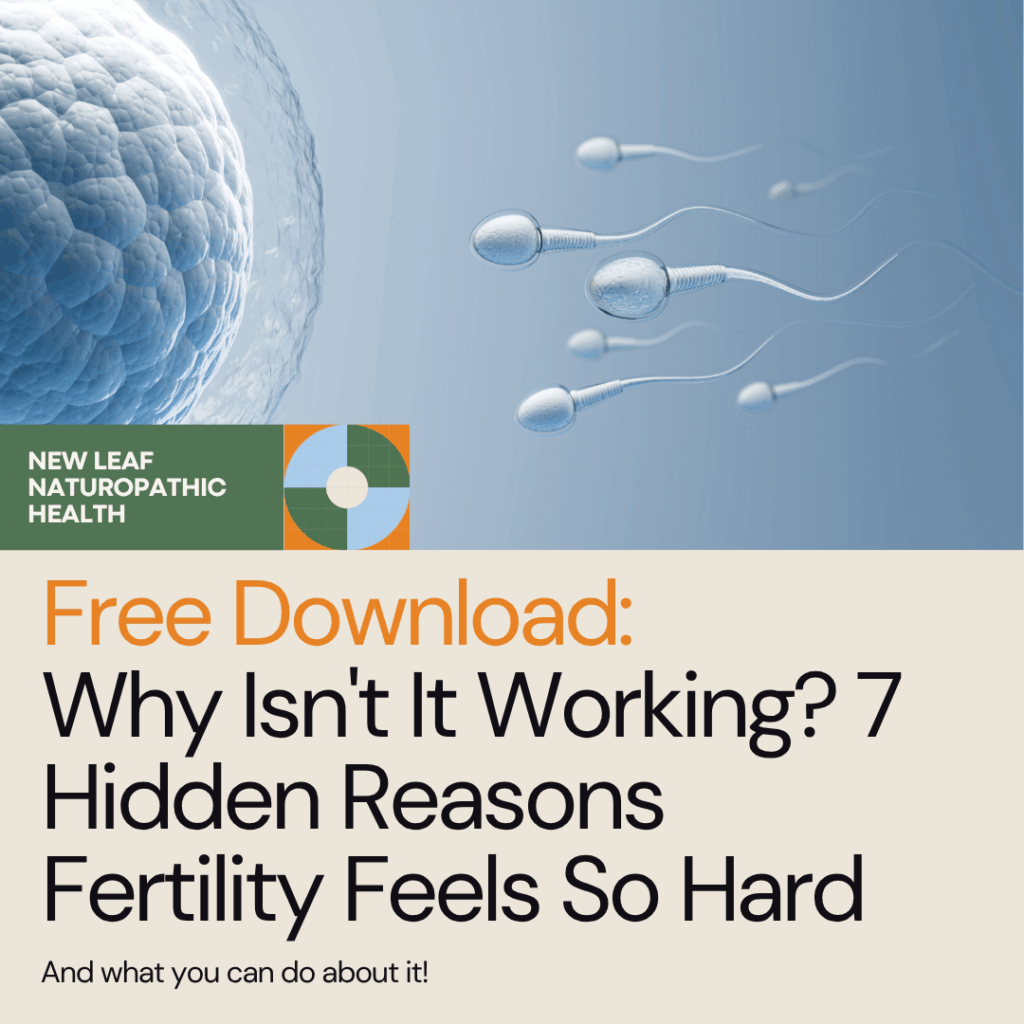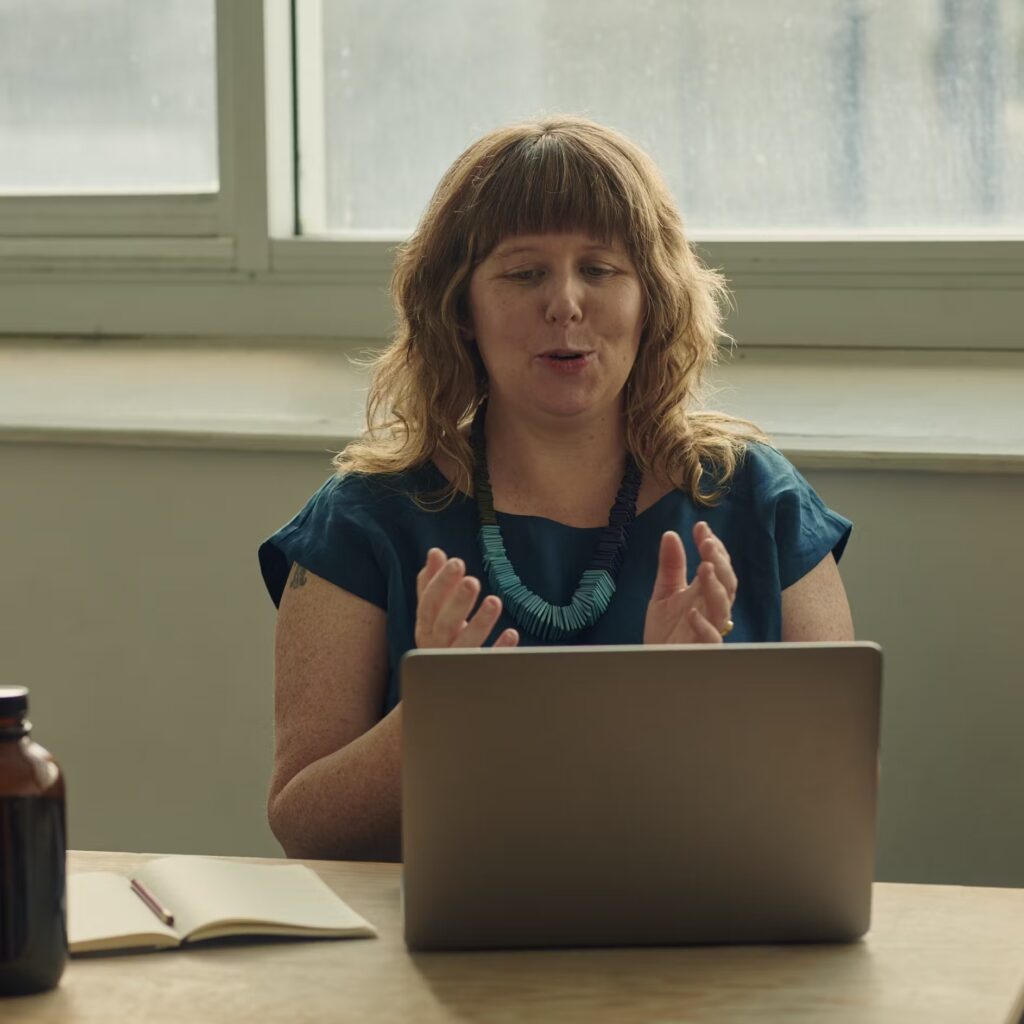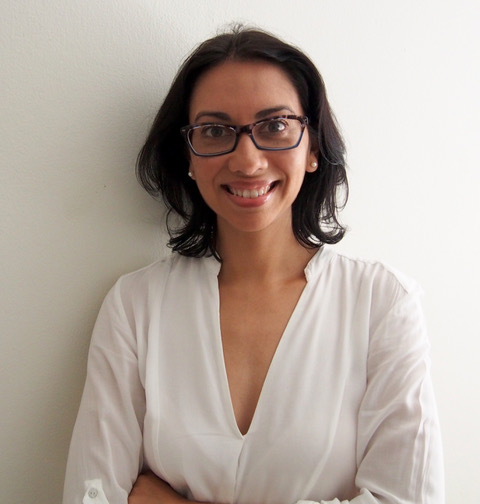Understanding Endometriosis Complexity
The study’s primary objective was to identify clusters of women with endometriosis based on their comorbidities. To achieve this, the researchers analysed data extracted from the Spanish National Health System, including all visits of women aged 16-65. The result? Six distinct clusters of women with endometriosis emerged, each characterized by specific comorbidities:
-
Cluster 1: Less multiple chronic conditions.
-
Cluster 2: Anxiety and musculoskeletal disorders.
-
Cluster 3: Allergy or immediate hypersensitivity.
-
Cluster 4: Multiple chronic conditions.
-
Cluster 5: Anemia and infertility.
-
Cluster 6: Headache and migraine.
Understanding Endometriosis Clusters
The data used for this study included 4,055 women aged between 21 and 50 with endometriosis. Notably, Cluster 1, characterized by less multiple chronic conditions, had the second-largest number of patients, with 1,212 individuals.
Meanwhile, Cluster 2, comprising patients with anxiety and musculoskeletal disorders, had lower numbers but a high frequency of clinical visits related to their multiple chronic conditions. This cluster’s multiple chronic conditions included anxiety (73.85%), headache/migraine (68.55%), urinary infection (51.59%), chronic/allergic rhinitis (48.6%), bursitis/tendinitis (44.88%), anemia (31.1%), and elevated cholesterol (31.8%).
Cluster 3, focusing on anxiety and musculoskeletal disorders, was the largest in terms of patients, with 1,334 individuals.
The old way of treating Endometriosis
This research reveals that endometriosis isn’t a one-size-fits-all condition. By categorising patients into clusters based on their presenting conditions, it opens up the possibility of tailoring treatment approaches to specific patient profiles. Understanding these relationships could lead to breakthroughs in clinical, biochemical, and molecular research.
In conclusion, this study sheds light on the intricate connections between endometriosis and comorbid conditions, offering hope for more tailored and effective treatment strategies. It underscores the need to view endometriosis not as a monolithic condition but as a multi-faceted disorder with diverse “endometriosis routes” that can be better understood through careful clustering and analysis.
The new way of treating Endometriosis
We see people with endometriosis every day in our clinic, and to be honest, we don’t really need a study to confirm what we know BUT we love have science prove that
- Endometriosis is complicated
- People need individualised care
- There isn’t a one size fits all approach to endo
- Endo is a multi-system, immune-based condition
- Endo impacts so many body systems and organs
